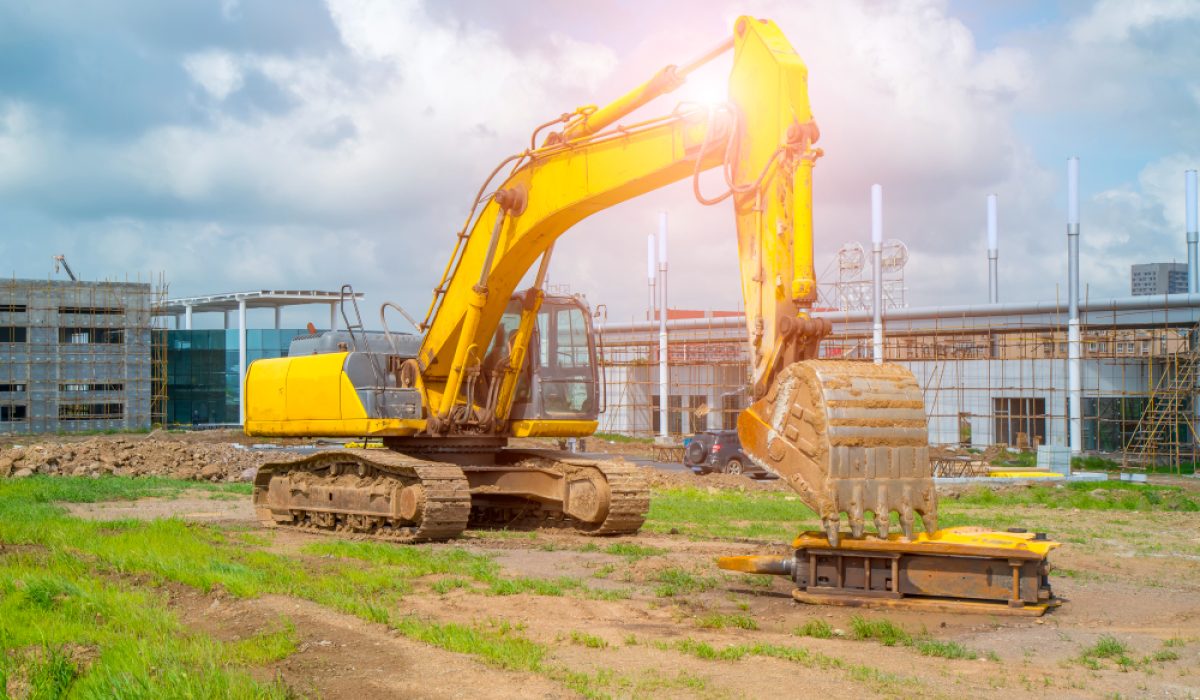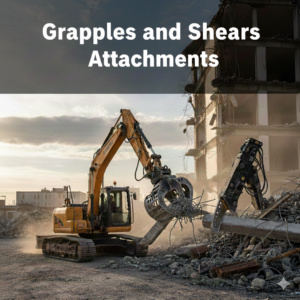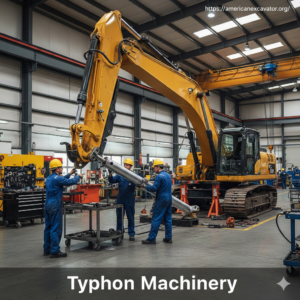Excavators, with their robust build and versatility, are the workhorses of the construction and excavation industries. However, the true power of these machines lies in their ability to adapt to specific tasks through the use of carefully selected attachments. In this comprehensive guide, we’ll explore a range of excavator attachments tailored for precise tasks such as digging, grading, and more.
1. Digging Attachments:
a. Standard Digging Bucket:
- Overview: The go-to attachment for general excavation tasks.
- Features: Equipped with teeth for efficient penetration and material removal.
- Best For: Digging trenches, foundations, and general earthmoving.
b. Rock Bucket:
- Overview: Designed for tackling compact and hard surfaces.
- Features: reinforced structure with sharp teeth for breaking through challenging materials.
- Best For: Excavating rock, concrete, and asphalt surfaces.
c. Frost Bucket:
- Overview: A specialized bucket for frosty and extremely compact surfaces.
- Features: Additional teeth on the backside for superior penetration through frozen ground.
- Best For: Excavating in cold climates where the ground is frozen.
d. Micro Trenching Bucket:
- Overview: Ideal for creating narrow trenches with precision.
- Features: Narrow, claw-like design for digging trenches just a few inches wide.
- Best For: Laying cables, pipes, and irrigation systems in confined spaces.
2. Grading Attachments:
a. Grading Bucket:
- Overview: Specifically designed for smoothing and leveling surfaces.
- Features: Short, shallow, and wide design for creating a flat profile.
- Best for: final touches on a project, leaving a smooth finish on the ground.
b. Tilt Ditch Cleaning Bucket:
- Overview: A versatile bucket with a tilting mechanism for working on slopes.
- Features: flat and wide edge for distributing and smoothing out soil.
- Best For: Smoothing, cleaning, and finishing projects on uneven surfaces.
c. Clean-up Bucket:
- Overview: A finishing bucket with a large carrying capacity.
- Features: Equipped with a straight edge for grading and smoothing surfaces.
- Best for: cleaning up job sites and moving large loads of loose materials.
3. Specialized Attachments:
a. Utility Bucket:
- Overview: Designed for digging near pipes and utility lines.
- Features: Rounded edge to prevent damage to cables and wires.
- Best For: Excavating in areas with underground utility systems.
b. V bucket:
- Overview: Creates clean v-shaped trenches for laying cables and pipes.
- Features: Unique shape for digging and cleaning v-shaped trenches.
- Best For: Installing pipes, cables, and creating drainage ditches.
c. skeleton bucket:
- Overview: Features large slots or a grid for separating fine materials.
- Features: Allows fine materials to pass through while retaining larger aggregates.
- Best For: Separating rocks, concrete, and other materials from soil.
d. Rake Riddle Bucket:
- Overview: Specialized for digging out tree roots and shrubbery.
- Features: Long teeth for effectively raking through dirt while allowing fine aggregates to pass through.
- Best For: Clearing vegetation and saving soil for reuse.
Frequently Asked Questions (FAQs):
Q1. What are common excavator bucket sizes?
The inside width of excavator buckets serves as a measure of size. Mini excavator bucket sizes typically range from six-inch specialty buckets to 30-inch grade buckets. Larger excavators can handle buckets up to 84 inches in width.
Q2. Are excavator buckets universal?
Bucket sizes are not universal. Always consider the make, model, and size of your machine before purchasing or renting an excavator bucket. While some buckets may fit a range of machines, it’s crucial to use a bucket specifically designed for your excavator.
Q3. How do I choose the right excavator bucket?
Choosing the right excavator bucket involves considering various factors:
- Worksite conditions
- Climate
- Ground conditions
- Surrounding hazards
- Job description
Evaluate these factors to determine the most suitable bucket for your excavation project.
In conclusion, excavator attachments play a pivotal role in enhancing the functionality and efficiency of these powerful machines. By selecting the right attachments for specific tasks, construction and excavation professionals can optimize their workflow, increase productivity, and achieve superior results on diverse projects.





